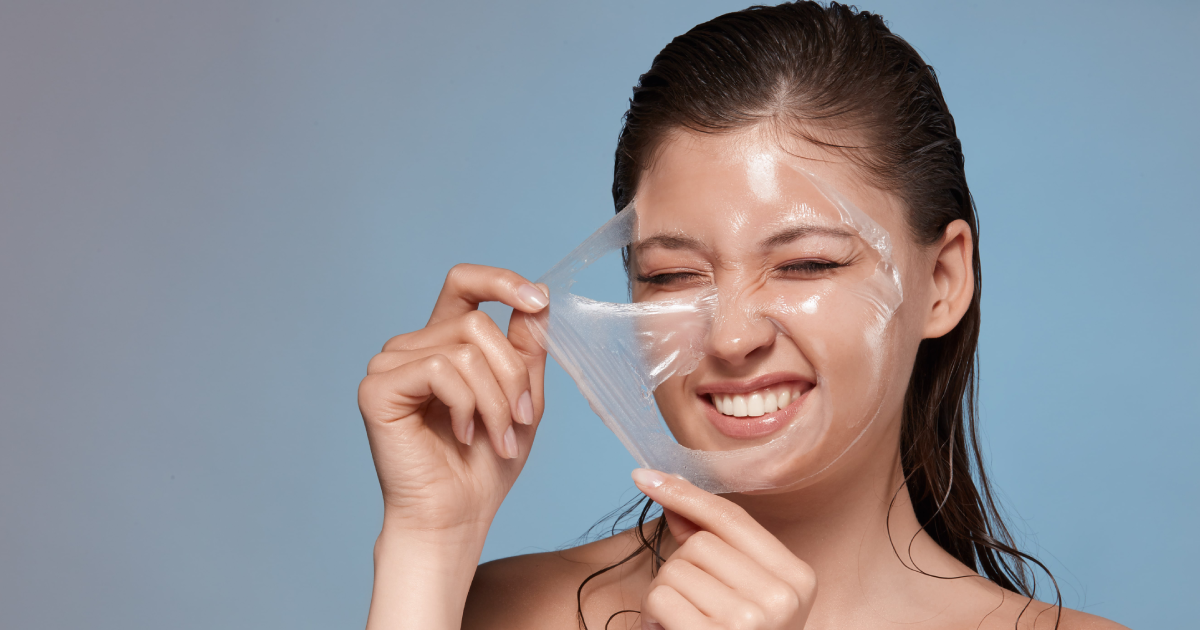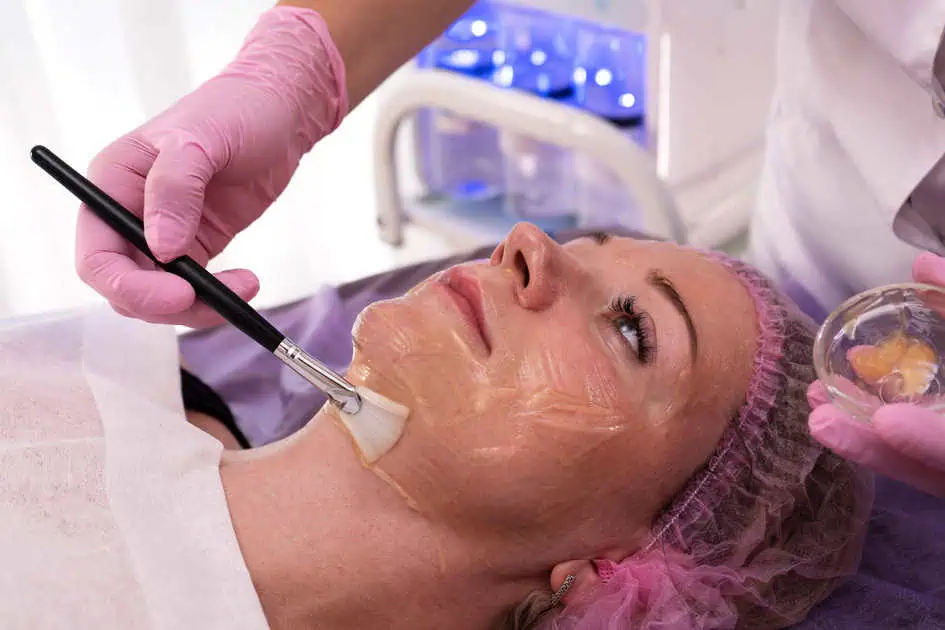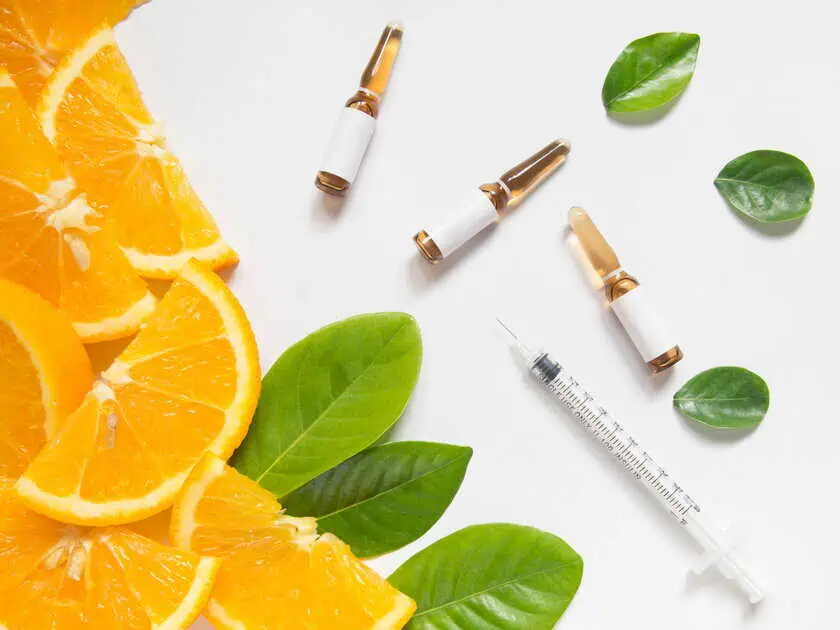Dermal fillers that are injected are gel-like substances that are put under the skin to add volume, smooth lines and wrinkles, or change the shape of the face. In the past few years, dermal fillers have become very popular because they make dramatic, rejuvenating changes in appearance that used to only be possible through surgery. Also, dermal fillers are less expensive than surgery and don’t require as much or any time to heal as surgery does. Even though dermal fillers only give short-term results, the newest fillers on the market are made to last up to 1-2 years.
Bovine collagen was the first substance that was approved for cosmetic injections in 1981. Since then, many different dermal fillers have been approved, which vary in their chemical makeup, how long they last, and how soft they are. For example, fillers that are softer are used on the lips, while fillers that are stronger might be used to make the cheekbones look better. Most of the time, dermal fillers are put into groups based on what they are made of. Here are some examples of the different types of dermal fillers.
Hyaluronic Acid (HA) Dermal Fillers
Fillers made of hyaluronic acid are generally safe to use because the chemical is similar to one that your body already makes. HA gives your skin a smooth look and also keeps your joints from getting stiff.
When HA filler is injected into lines and wrinkles, it gives the facial tissue more volume and shapes to get rid of the signs of aging. Dermal fillers like these are especially good for areas of skin that are too thin, like the “parentheses” around the mouth and nose.
Hyaluronic acid is one of the most popular injectables because it is known to make the body make more natural collagen.
This makes HA work better, especially since the compound acts like a sponge to soak up water and make the skin smoother.
The effects of HA fillers can last anywhere from 6 to 12 months. Some brands, such as Voluma XC, may keep working for up to two years. And if you don’t like the treatment, your provider can undo it with the help of an enzyme called hyaluronidase.
The main brand names for injectable Hyaluronic Acid are:
- Juvéderm Ultra XC, which also has lidocaine to reduce pain, is one type of filler that works well for lips. Other Juvederm fillers include: Voluma, Volbella, and Vollure.
- Restylane Kysse, Restylane Contour, Restylane-Lyft, Restylane Silk, Restylane-L Restylane Refyne, and Restylane Defyne
Synthetic Dermal Fillers
In response to the growing demand for injectables, you can now find different types of synthetic fillers that promise to erase the signs of aging.
Each filler uses a different chemical and works in a different way to make your skin look younger. Since these fillers are made from chemicals, you may want to be ready for possible side effects.
Also, if you aren’t satisfied with the results, you may need surgery to undo the procedure.
-
Calcium Hydroxylapatite (Radiesse)
Calcium hydroxylapatite filler was first made for use in reconstructing the face and in dentistry. The product, which is sold under the name Radiesse, is made by biosynthesis, but it looks like a compound that your body makes naturally. It has a small chance of causing allergic reactions or other side effects, and it works by making new collagen grow. Once Radiesse is put under the skin, it stays there and is not likely to move to a different place. You can expect to feel the effects of the injectable for up to a year after the treatment.
-
Polylactic Acid – Available as Sculptra
Like Radiesse, Sculptra is a type of dermal filler that encourages the skin to make more collagen. Polylactic acid (PLLA) is the main ingredient in the filler, and you may need to come in for more than one session four to six weeks apart. Since the compound breaks down over time, you’ll need to keep adding more to keep the effects going. The number of sessions you need will be decided by your provider based on how deep your lines and wrinkles are. Sculptra stimulates your body to produce your own natural collagen and the results get better with time as your body builds the collagen.
- Polyalkylimide – Available as Aquamid
Aquamid is not approved for use in the US by the FDA. It, unlike Radiesse and Sculptra, makes collagen build up around itself on its own. After some time, the natural collagen grows around the injected gel to completely cover it. The Aquamid compound is semi-permanent and biocompatible, which means it is unlikely to react with human tissue. Also, it is radiotransparent, which means that you can get X-rays safely after getting the treatment. Most other types of dermal fillers don’t last as long as polyalkylimide.
-
Polymethyl-Methacrylate Microspheres (PMMA) Are Available As Bellafill
Bellafill was first made for use in surgery to hold implants in place. If you choose this treatment, you can expect results that last about half as long as permanent ones. The provider will ask you to come in for touch-ups at regular intervals. Each new injectable is put in right below the last one to keep the good results. Bellafill is a well-known brand name for face fillers.
Autologous Dermal Fillers
Autologous injectables are made from the patient’s own cells and tissues, as the name suggests. Because of this, these types of dermal fillers rarely cause allergic reactions or other side effects, so they are usually safe to use. Providers can take fat or blood from your body, clean or process it as needed, and then inject it into the right places on your face.
Here are some of the most popular choices:
-
Microlipoinjection and Fat Injectables
If you sign up for this anti-aging treatment, the whole thing will probably take between 30 and 90 minutes. A local anesthetic is put on your stomach, buttocks, or thighs, and then the surgeon uses a thin needle to take fat cells from those areas.
Doctors then clean and sort the cells. The fat cells are carefully placed in the hollows of your cheeks, under your eyes, inside your lips, or in your forehead at your next session.
Even though these kinds of dermal fillers are safe and work well, they only last for a few months. This is because your body absorbs the fat cells over time. And you may need to go back for more treatments frequently.
-
Platelet Rich Fibrin (PRF) / Vampire Facelifts
Platelet-rich fibrin facelifts take parts of your blood and use them to make a substance that can be injected and help reverse the signs of aging. The effects of these fillers last from 12 to 18 months. In the beginning, you may need to go in for 2 to 4 sessions, which are spaced out every 4 to 6 weeks. From taking a small amount of blood from your forearm to giving you injections in your face, the whole process takes about an hour.
For better results, providers may also use micro needling instead of injecting serum. PRF works by fixing the damaged layer of collagen and elastin so that it can start making new cells again. You should start to see results about 4 weeks after your first treatment.
-
Placental Stem Cells
The most powerful stem cells are found in the placenta and the umbilical cord. Scientists are trying out using these cells as a new kind of filler for the skin. Stem cells change into the same kind of cells that are in the tissue around them. When they were injected into the collagen layer, they could make it grow back.
There are different types of stem cell treatments that can be used now. Here are a few examples:
- MZ Skin is made from cells taken from a sheep’s placenta.
- Novo Solutions MD uses cells taken from people’s umbilical cords and cleaned up before being injected.
- Stem cells are taken from the placenta and umbilical cords that have been thrown away.
- Stem cells are made from plants and look like placenta.
So Many Kinds of Dermal Fillers Exist. Let Us Help You Decide…
Every day, more and more new and effective anti-aging injections hit the market. It’s too much information for the average reader!
Our trained providers can help you figure it all out. Contact Believe Aesthetics & Wellness and one of our friendly personnel will help you choose.






